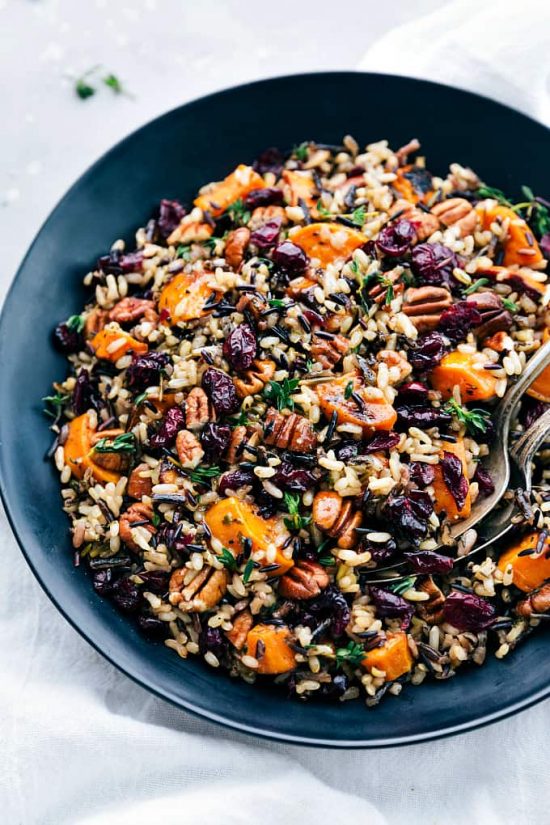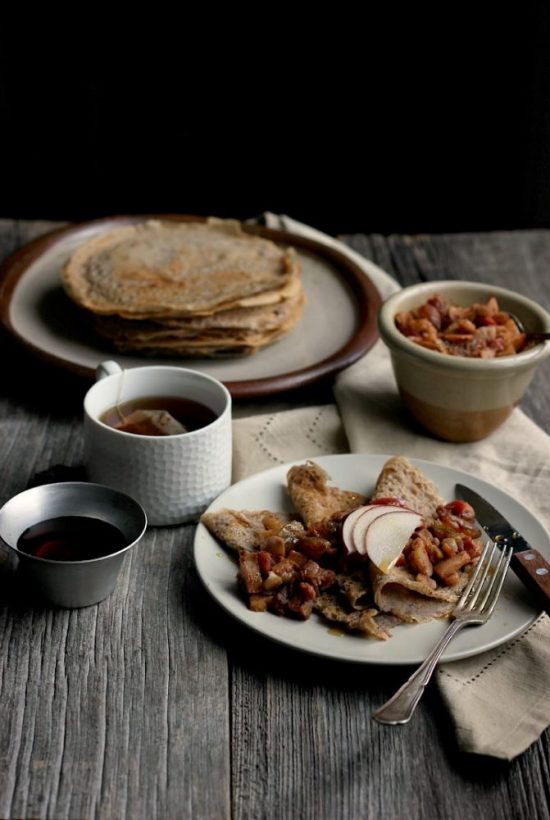Why Exactly Should You Try to Lead a Healthy Lifestyle?

Grains have gotten a bad reputation over the past decade. Considered the cause for intestinal problems, leaky gut syndrome and brain fog, a growing number of people are choosing to avoid bread, pasta and other grains. Especially gluten are seen as the culprit – although the scientific verdict is still out on whether gluten should be avoided if you don’t suffer from celiac disease.
There’s something to be said for over-consumption of wheat. Wheat’s the grain that forms the base of many foods. You might be thinking you’re eating a varied diet when you’re having granola for breakfast, toast for lunch and pasta for dinner, but they probably all contain wheat.
Also, most grain products on the supermarket shelves – white bread, white rice, flour tortillas, cereal, crackers, pastries – are made from refined grains. Refined grains are stripped of their hull, which contains the fibers and nutrients.
Whole grains in their natural form, on the other hand, contain valuable vitamins and minerals. Thanks to the dietary fiber, whole grains are slowly digested, gradually releasing their energy. What’s more, research also shows that regularly eating whole grains lowers your cholesterol and blood pressure, which decreases your chances of heart disease. The fiber in whole grains may also help improve insulin sensitivity and prevent constipation.
Unless you suffer from certain medical conditions, whole grains can be part of a healthy diet.
To get the most benefits – and shake things up in the kitchen – you could incorporate a wider variety of grains into your diet. Take a look at these 11 whole grains, with 19 delicious sweet and savory recipes to get you started.
Although you may not have heard of amaranth before, it’s been a staple food in South America for thousands of years. Technically not a grain, this cereal-like herb shares a comparable nutritional profile. Amaranth is naturally gluten-free and packed with protein, iron, magnesium and manganese. You can serve amaranth as porridge, granola or as a substitute for couscous.
Perhaps mostly known for its use in beer, barley is a widely cultivated grain with a chewy texture. Thanks to the slow release of carbs into your bloodstream, barley provides a sustainable energy. It’s also a great source of soluble fiber, thiamine, selenium and manganese. Here’s how to cook with barley:
Unlike white rice, the nutrient-rich bran and germ are still intact in brown rice. That’s how this wholegrain provides your body with vitamins, minerals and antioxidants that prevent your body from oxidative stress. And brown rice isn’t just a tasty side dish in stir fries and curries – you can even use it as a naturally gluten-free all-purpose flour in baking.


Buckwheat is a gluten-free seed that’s processed into groats, flour and noodles. Because it’s high in minerals and disease-fighting antioxidants, buckwheat has become a popular health food. It even has a unique amino acid composition that’s thought to provide health benefits like lowering cholesterol and improving digestion.

Farro has a long history in the Mediterranean and Middle Eastern cuisine. This nutty-flavoured grain is a good source of fiber, B vitamins, zinc and iron. You can enjoy farro’s al dente bite in hearty soups and rice dishes.
Freekeh (pronounced free-kah) is an ancient roasted grain that’s gaining popularity. Because it’s harvested when it’s young, freekeh is a nutritional powerhouse. It’s packed with zinc, iron, copper and potassium as well as an excellent source of protein and fiber. You can enjoy freekeh in oatmeal-style bowls, wraps and salads:
Millet is another heart-healthy choice, thanks to it’s high fiber and magnesium content. This gluten-free grain is easy to digest and makes a great substitute for wheat in bread and baking. Take a look at these delicious dishes for inspiration:
It’s hard to have missed that old-fashioned oats have made a huge comeback. And with health benefits ranging from aiding weight loss to reducing heart disease, it’s easy to see why. Oats contain a soluble fiber called beta-glucan, which helps keep blood sugar levels stable and reduces the bad cholesterol in your blood. What’s more, oats contains plenty of B vitamins, magnesium, manganese and iron. A warming bowl of oatmeal is always a good idea, but there are also more unconventional ways to eat oats:
Rye may be an underrated grain in the United States, but Scandinavia and Russia have embraced this dark, hearty grain a long time ago. And for good reason: rye is rich in vitamin E, phosphorus, magnesium, zinc and iron. A special fiber found in rye makes you feel full for longer, which helps you to keep a healthy weight. This is the classic way to enjoy rye bread:
Spelt is a popular substitute for wheat. Compared to wheat, it contains slightly more protein, slightly less fiber and comparable amounts of minerals. Spelt does contain gluten, so it’s not a suitable alternative for those with celiac disease or gluten sensitivity.
The Incas called quinoa “the mother of all grains”, and over the past decade, this ancient pseudograin has gotten its superfood status back. Because it’s one of the few plant-foods that contains good amounts of all essential amino acids, quinoa has been embraced by the plant-based cuisine. Quinoa is packed with protein, minerals and flavonoids – a group of antioxidants that provide multiple health benefits. Take a look at these two delicious ways to incorporate quinoa into your diet:
Would you like to eat a wide variety of whole grains to reap all their health benefits? Check out 26 Grains by Alex Hely-Hutchinson (affiliate link) for more inspiring wholegrain recipes.
How many of these healthy whole grains do you eat regularly?
If you enjoyed reading this article, you might also like: